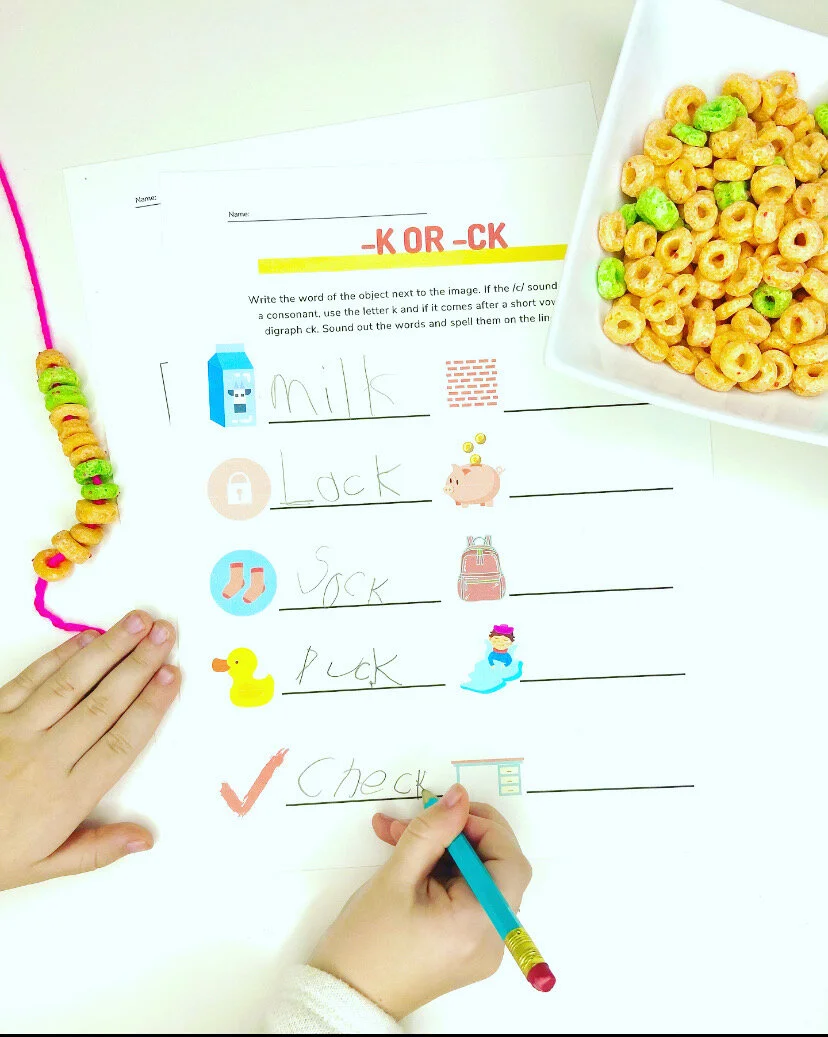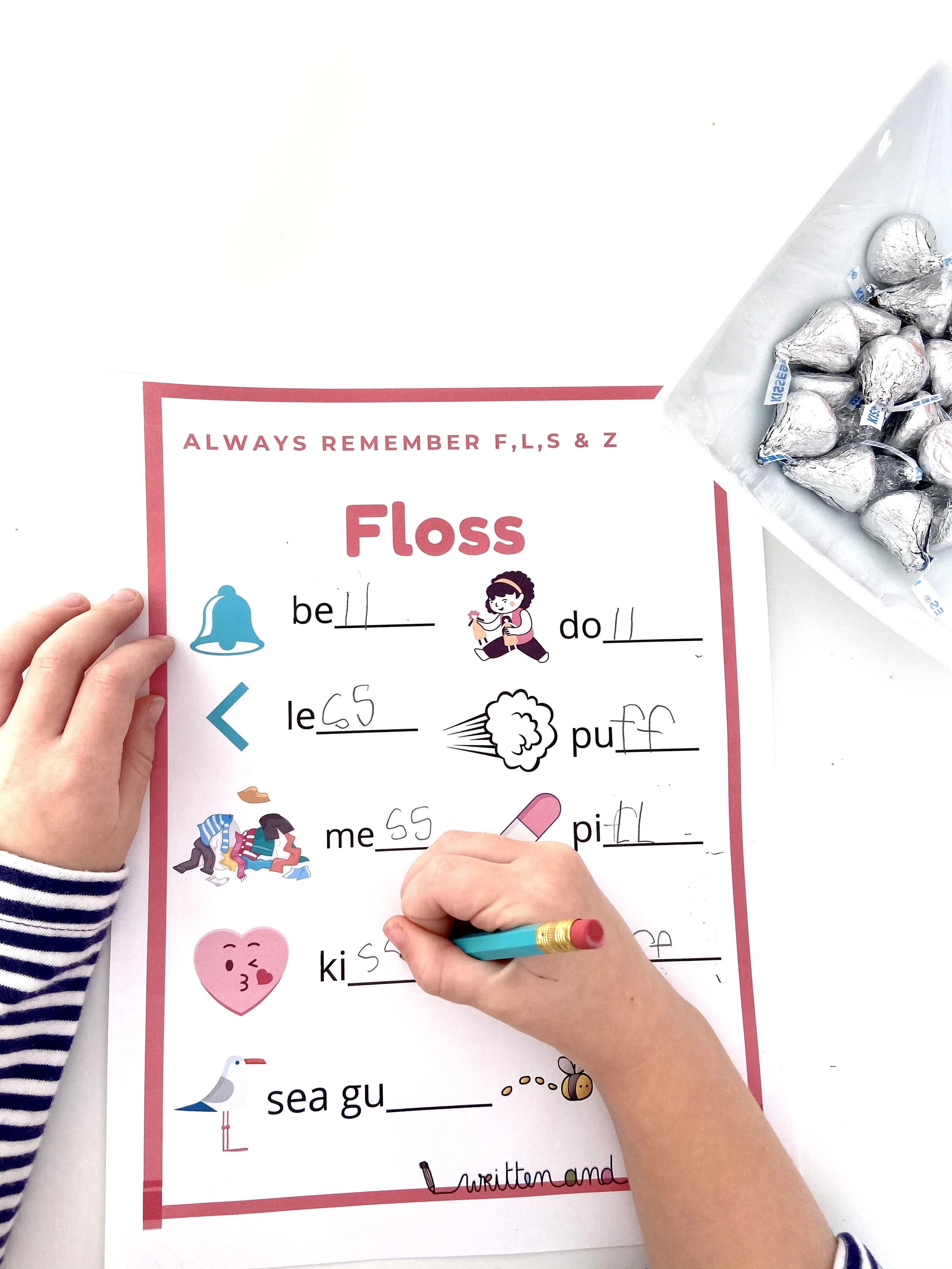There's a reason the old song, "It's Beginning To Look A Lot Like Christmas," includes the line: "And Mom and Dad can't wait for school to start again." If you're exhausted, you aren't alone. Schools here aren't back in session for another week!
For Christmas, I received Jenny Rosenstach's lovely and sentimental book, "How to Celebrate Everything." In it she discusses rituals and routines within families saying, "It was rarely a straight line from one dot to the next, and it rarely resulted in a pretty picture, but the dots were our guides, our goals. Without them, without the routine, there was nothing preventing us from descending into a state of chaos."
As a disclaimer to my list of "hacks," I'm a huge fan of less is more and I'm also trying to be kinder to myself in 2017. If you are looking for ways to help your child become the next Steve Jobs then I might not be able to provide the help you need. If you enjoy patting yourself on the back for things that you already do and finding ways to recognize how these tie into your children's learning then please proceed. With one week remaining, try the below ideas to get back into the groove of reading without making the kids feel they are in "school."
1. Keep writing - Many parents complain that their children just don't enjoy writing. If you think about it, writing is one of the most difficult things a child can do because there are so many various steps. First, they must come up with the idea, then think of the sentence, then recall how to spell the first word. At this point many children have forgotten their idea all together. Save a folder on your phone of only three or four photos of recent events. Let them pick one and write about that particular experience. If handwriting is difficult, write the story for them and let them feel accomplished by seeing their ideas on paper. Another funny way to write a story is to take turns creating a new line in the story. It usually creates a funny tale.
2. Dive deep into a new subject or topic - During the holiday downtime you might learn what your child is really into lately. Whatever they find super interesting, whether it be reindeer, snow, or something totally unseasonal like beetles, pilots, or castles stockpile lots of books on this single topic and let them browse. If you don't have time to search, the librarian will collect the titles for you and put them on hold.
3. Play with shaving cream, sand, and washi tape - I'm always a fan of less is more. On that note I'm a huge fan of eliminating homework for younger kids but I'll step off the soapbox (for now). Practicing sight words is my one exception to the rule. A fun way to do this is to use shaving cream, sand, washi tape or simply writing words on the tub with bubbles during bath time.
4. Protect bedtime stories - Schedules get thrown to the wind with family and travels and rightfully so. Rather than trying to maintain all of your routines, simply focus on consistently reading a book or telling a story at bedtime. If your child is struggling to learn to read then make sure at the end of the day you are only reading to them, cuddling up, and not asking them to do any work. And if all else fails, take some advice from these kids. They have some interesting ideas on bedtime.
5. Find the right books - If you are able to reach the teacher, ask him or her the exact sounds or reading concepts that your child is currently learning. Having the appropriate "on level," books is one of the most effective ways to create progress. If your child hasn't yet mastered short vowel sounds or rhyming then you will want to have lots of rhyming books around or several decodable books with short vowel sounds in your home. If your child is already reading proficiently ask the teacher their exact reading level.
Hang in there and enjoy the days!





























































































